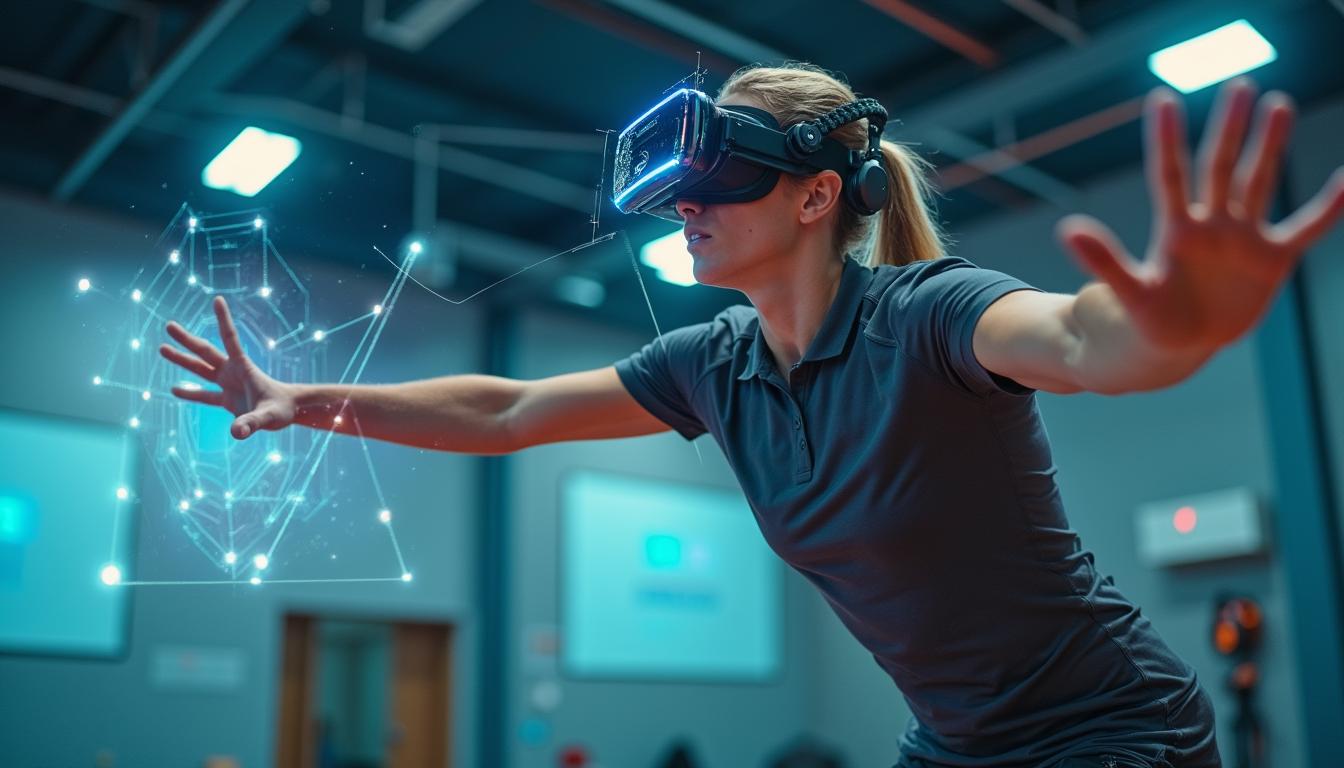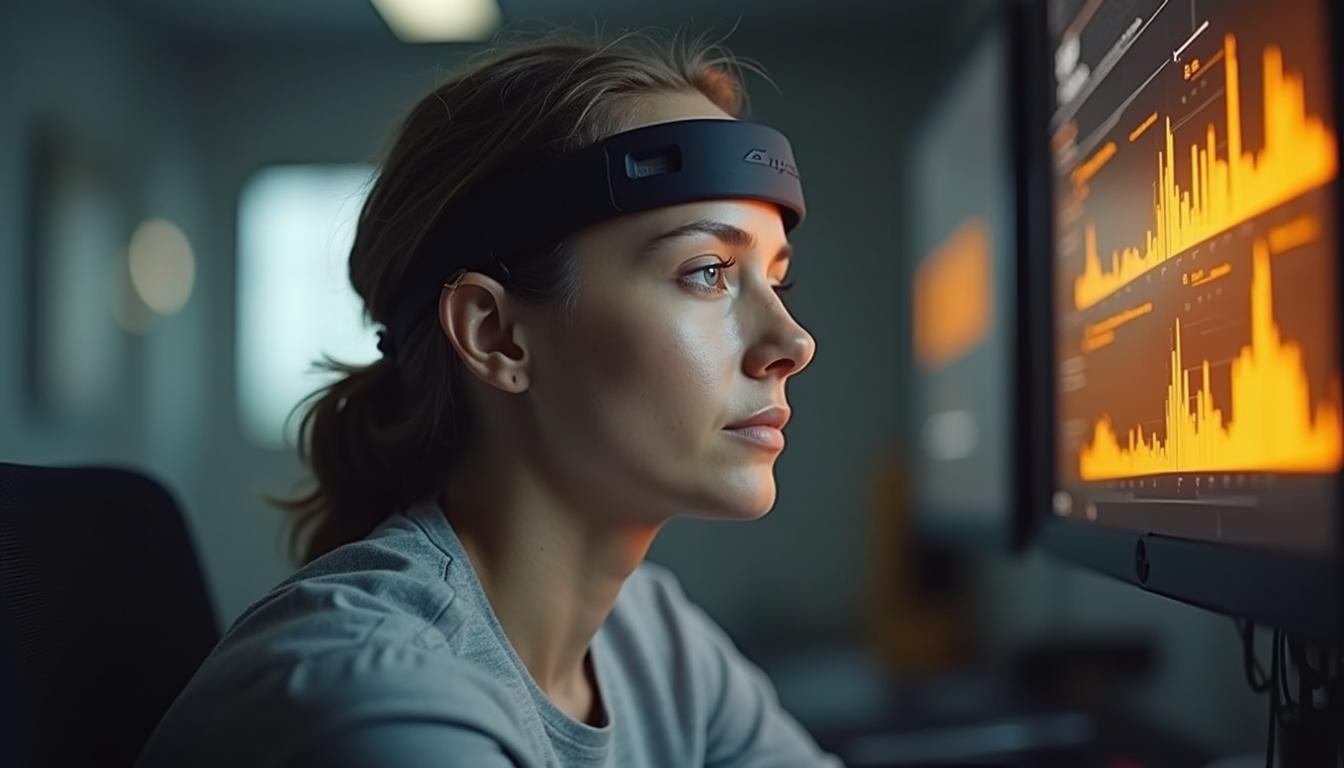Welcome to the Research and Strategy Services at in today's fast-paced.


Whether it’s for coaches, trainers, clinicians, medical practitioners or even just someone introducing NeuroTracker to friend, here are some key tips to help get the most out of every training session. We’ll take a look at how to get new users introduced to their first session, some pointers on feedback.
Particularly for performance trainers getting new users going, it’s a good idea to ask a few basic questions such as these.
These types of questions can help you get a handle on your user’s perspective and their goals. This will aid you in figuring out what type of training program will lead to the quickest path to improvement.
Remember that NeuroTracker will probably seem like a pretty strange and abstract way to train. Rather than just diving into balls bouncing around a 3D screen, properly introducing a new user to some general concepts about NeuroTracker will capture their engagement. So before starting a session, you should always introduce some high-level concepts. These can include things like,
Spending a few minutes covering these points will help your user understand the potential of the training, from their own perspective.
Just before getting the first session going, it’s a good idea to run a few practice trials or a quick demo before a starting proper training. This is important because if they’re not quite understanding what to do, this could influence the baseline result, which is something needed to help customize training around their development trajectory.
A few highlight instructions while going through the demo should make the task crystal clear, and only take a minute or two to run through.
Using the spacebar to pause the session will make it easy to explain these points in small chunks, one step at a time, as well as answer any questions. In no time your user will be well and ready to take on their first session.
Go ahead and set them off. Be sure to talk as little as possible, and try to minimize any other potential distractions around them. The very first session is an important step, and no matter how slow the speeds are, NeuroTracker will quickly starting taxing your user’s attention at threshold levels.
From a perspective of on-going feedback, the end of the first session is the probably most critical point of feedback you will ever give to your users. And because they’ve never done anything like it before, for some people it’s a scary moment where they will be worried about what it actually says about them. The frequent questions are: Did I do good? What should I expect or do? It’s important to specify that even though there is normative data, the goal is to compare your own results, nothing more.

The score is a direct representation of the threshold speed at which someone can perform NeuroTracking. If a user feels or knows that their score is low then it’s really important to put things into perspective. There are three key things to take explain here.
This is a good time to come back to your user’s performance goals, for example with a soccer player, improvements from NeuroTracker training could be translated to being able to more easily spot the best passing options when on the ball. Hopefully things will click with your user and they will be motivated to reap the benefits of the training program you will line up for them.
Look out for next upcoming blog in this 3 part series, where we will move onto managing sessions, setting training programs, and how to give great on-going feedback. For now, if you want to learn more about NeuroTracker speed thresholds, then you can check out the link below or you can reach me for more details here.








Welcome to the Research and Strategy Services at in today's fast-paced.

From stereo-3D to adaptive speed thresholds, get the lowdown on what makes NeuroTracker tick.

Check out our 101 on how NeuroTracker works under the hood.

Check out our how-to guide for navigating NeuroTracker's data driven window into the brain.
.png)